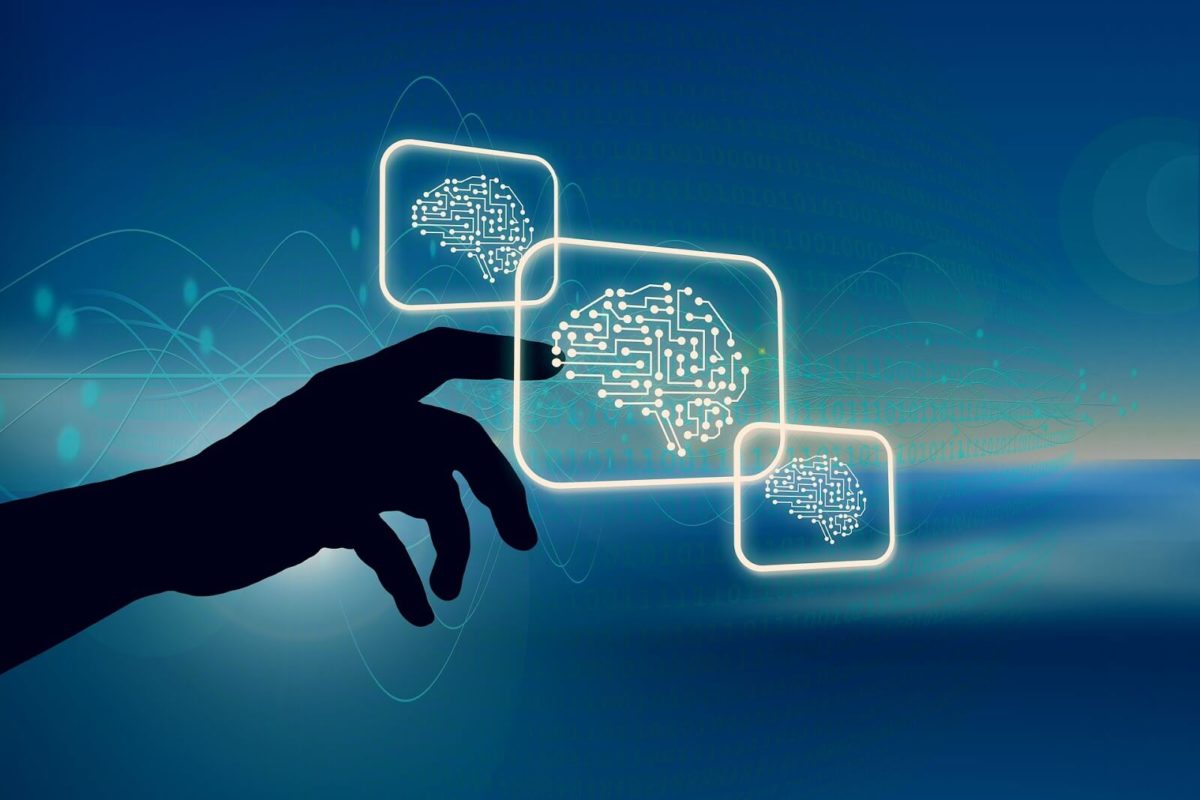In today’s rapidly evolving technological landscape, the integration of machine learning in software testing has become a game changer. This exciting development is revolutionizing the way software testing is conducted, providing enhanced efficiency, accuracy, and speed. As industries strive to deliver high-quality software products, utilizing machine learning is not just beneficialit’s essential.

What is Machine Learning in Software Testing?
Machine learning in software testing involves using algorithms and statistical models to allow computers to perform tasks without explicit human instructions. It enables systems to learn from data and improve over time, which is incredibly valuable in the realm of software testing. By automating various testing processes, it reduces manual efforts and enhances the overall testing ecosystem.
The Importance of Machine Learning in Software Testing
Implementing machine learning techniques within software testing frameworks can lead to quicker detection of errors, efficient testing processes, and a more robust software product. Companies like Qualitech are leading the charge in optimizing QA processes using machine learning.
Consider exploring our [guide on mounting a drill press vise](https://qualitech.ai/how-to-mount-a-drill-press-vise/) or our insights on [the use of a drill press in woodworking](https://qualitech.ai/what-is-a-drill-press-used-for-in-woodworking/) for parallel innovations in technical domains.
Enhanced Test Case Generation
With machine learning, generating test cases is streamlined, resulting in higher coverage and lower redundancy. Algorithms analyze prior data to predict which test cases are likely to fail, thereby pinpointing areas that require more attention.
An interesting read from [Testsigma’s blog](https://testsigma.com/blog/is-ai-really-important-in-software-test-automation/) (rel=’nofollow’) further delves into the crucial role of AI in revolutionizing software test automation.
Automated Defect Prediction
One remarkable feature of machine learning is its ability to predict potential defects before they occur. This preventative approach saves time and resources by addressing issues early in the development cycle.
Reduction of Human Error
By automating data processing and analyzing exhaustive codes, machine learning substantially reduces the margin for human error, thus ensuring more reliable test outcomes.
Machine Learning Algorithms in Software Testing
A variety of algorithms can be employed to optimize software testing processes, each offering unique benefits:
1. Supervised Learning
Utilizes labeled datasets to train algorithms, enabling the prediction of outcomes based on historical data.
2. Unsupervised Learning
Discovers patterns within unlabeled datasets, which can lead to the identification of previously unknown system behaviors.
3. Reinforcement Learning
Enhances software testing efficiency by training the system through a reward-based mechanism, thereby improving decision-making processes over time.
Implementing Machine Learning: A Step-By-Step Guide
Step 1: Define Objectives
First, identify the testing objectives to be achieved using machine learning algorithms.
Step 2: Data Collection
Gather relevant data that will serve as a foundation for training your machine learning models.
Step 3: Model Selection
Choose the appropriate algorithm/model that aligns with your objectives and dataset characteristics.
Step 4: Train the Model
Leverage your data to train the model, refining its proficiency in executing tasks autonomously.
Challenges and Solutions in Machine Learning in Software Testing
Despite the apparent advantages, integrating machine learning in software testing is not without its challenges. Heres how they can be effectively addressed:
Data Quality:
High-quality data is essential. Ensuring datasets are comprehensive and well-maintained can mitigate inaccuracies.
Algorithm Complexity:
Choosing the right algorithm can be complex. It’s crucial to continually evaluate its performance and adjust your strategy as needed.
Future of Machine Learning in Software Testing
As technology advances, the future of machine learning in software testing looks promising. With developments in AI, there is great potential for more sophisticated systems that can completely automate testing processes, making them faster and more adaptive.
Feel free to visit [The CTO Club](https://thectoclub.com/software-development/ai-in-software-testing/) (rel=’nofollow’) for insights into future prospects of AI in the domain.
Conclusion
Indeed, machine learning in software testing offers fascinating possibilities, reshaping how we approach software quality assurance. With reduced costs, increased efficiency, and more reliable software solutions, integrating machine learning into software testing frameworks is no longer a luxury – it’s a necessity.

FAQ
1. What advantages does machine learning bring to software testing?
Machine learning increases efficiency, accuracy, and speed by automating test processes and predicting potential defects.
2. Are there challenges in implementing machine learning?
Yes, challenges include data quality and algorithm complexity. These can be managed through careful dataset preparation and continuous performance evaluation.
3. How can one begin incorporating machine learning into testing environments?
Start by identifying testing objectives, gathering relevant data, choosing suitable algorithms, and training your models.
This article contains affiliate links. We may earn a commission at no extra cost to you.

